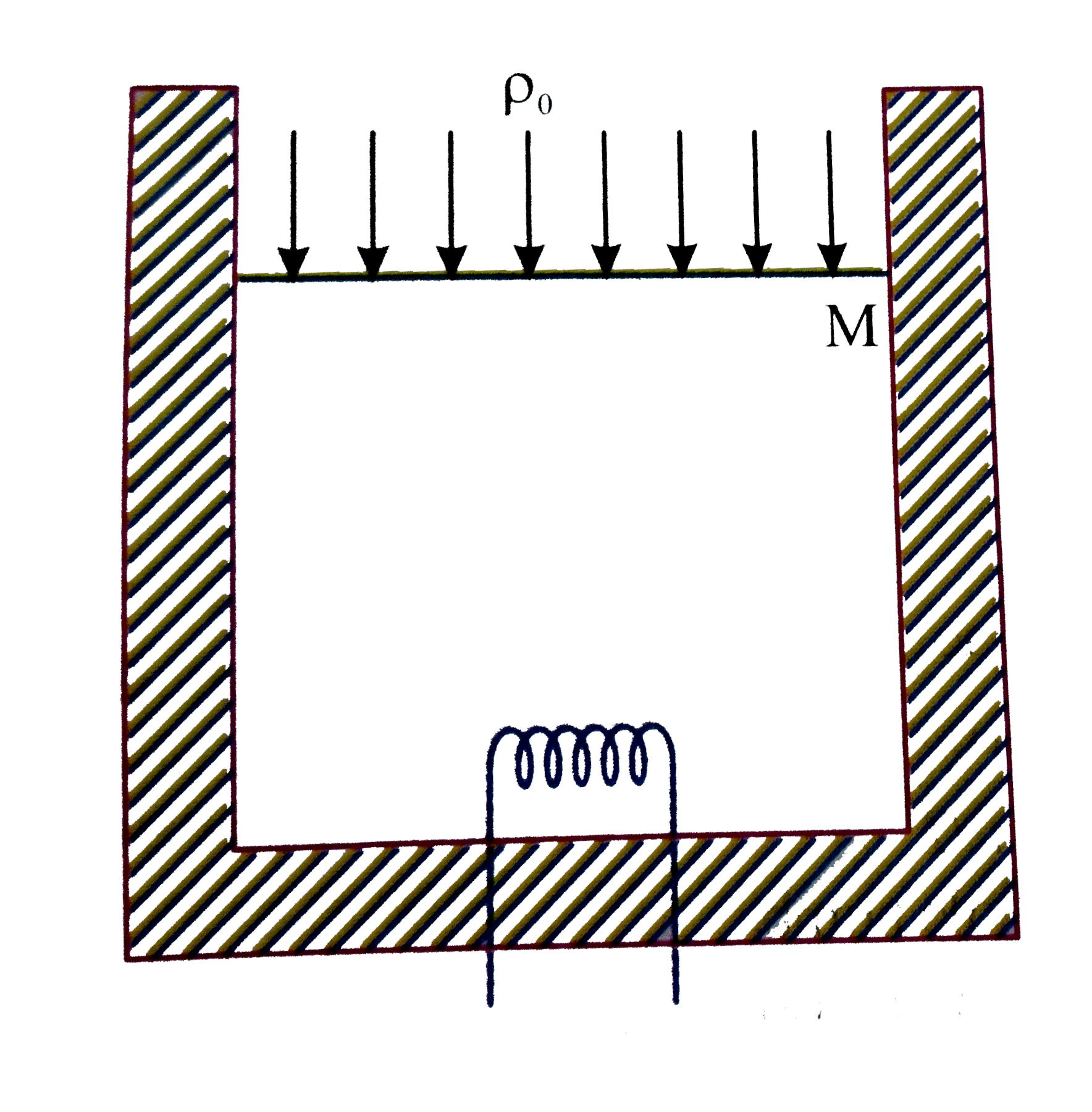The condition under which a microwave oven heats up a food item containing water molecules most efficiently is
The frequency of the microwaves has no relation with natural frequency of water molecules.
Microwaves are heat waves, so always produce heating
Infra-red waves produce heating in a microwave oven
The frequency of the microwaves must match the resonant frequency of the water molecules
The correct Answer is:D
Step by step video & image solution for The condition under which a microwave oven heats up a food item containing water molecules most efficiently is by Physics experts to help you in doubts & scoring excellent marks in Class 12 exams.
Updated on:21/07/2023Topper's Solved these Questions
- ELECTROMAGNETIC WAVESBOOK - AAKASH INSTITUTE ENGLISHCHAPTER - ELECTROMAGNETIC WAVESEXERCISE - ASSIGNMENT SECTION - D Assertion-Reason Type Questions
25 Videos
- ELECTROMAGNETIC WAVESBOOK - AAKASH INSTITUTE ENGLISHCHAPTER - ELECTROMAGNETIC WAVESEXERCISE - ASSIGNMENT SECTION - B Objective Type Questions
10 Videos
- ELECTROMAGNETIC INDUCTIONBOOK - AAKASH INSTITUTE ENGLISHCHAPTER - ELECTROMAGNETIC INDUCTIONEXERCISE - ASSIGNMENT(SECTION -D) Assertion-Reason type Question)
15 Videos
- ELECTROSTATIC POTENTIAL AND CAPACITANCE BOOK - AAKASH INSTITUTE ENGLISHCHAPTER - ELECTROSTATIC POTENTIAL AND CAPACITANCE EXERCISE - ASSIGNMENT SECTION - D
9 Videos
Similar Questions
Knowledge Check
An ice cube of mass 0.1 kg at 0∘C is placed in an isolated container which is at 227∘C. The specific heat s of the container varies with temperature T according to the empirical relation s=A+BT, where A=100cal/kg.KandB=2×10−2cal/kg.K2. If the final temperature of the container is 27∘C, determine the mass of the container.
(Latent heat of fusion for water = 8×104cal/kg, specific heat of water =103cal/kg.K).A0.495 kgB0.595 kgC0.695 kgD0.795 kgAn ice cube of mass 0.1 kg at 0∘C is placed in an isolated container which is at 227∘C. The specific heat s of the container varies with temperature T according to the empirical relation s=A+BT, where A=100cal/kg.KandB=2×10−2cal/kg.K2. If the final temperature of the container is 27∘C, determine the mass of the container.
(Latent heat of fusion for water = 8×104cal/kg, specific heat of water =103cal/kg.K).A0.495kgB0.595kgC0.695kgD0.795kg
If X is the total number of collisions that a gas molecule registers with other molecules per unit time under particular conditions, then what is the collision frequency of the gas containing N molecules per unit volume is ?
View SolutionA vertical cylinder of cross-section area A contains one mole of an ideal mono-atomic gas under a piston of mass M At a certain instant a heater which supplies heat at the rate q J/s is switched ON under the piston. The velocity with which the piston moves upward under the condition that pressure of gas remains constant is [Assume on heat transfer through walls of cylinder]

View SolutionTwo gaseous molecules A and B are traveling towards each other. Let the mean free path of the molecule be σ and Z be the collision number with other molecules at pressure 1atm. Answer the following questions
If Z is the total number of collisions which a gas molecule registers with others per unit time under particular conditions, then the collision frequency of the gas containing N molecules per unit volume is
View SolutionA : If dipole moment of water molecules were zero, then microwave cooking would not be possible.
R : In a microwave oven the water molecules vibrate due to oscillating electric field in microwave and heat the food.
View SolutionAn ice cube of mass 0.1 kg at 0∘C is placed in an isolated container which is at 227∘C. The specific heat s of the container varies with temperature T according to the empirical relation s=A+BT, where A=100cal/kgKandB=2×(10−2)cal/kg. If the final temperature of the container is 27∘C, determine the mass of the container.
(Latent heat of fusion for water = 8×(104)cal/kg, specific heat of water =103cal/kg−K).
View SolutionAn ice cube of mass 0.1 kg at 0∘C is placed in an isolated container which is at 227∘C. The specific heat s of the container varies with temperature T according to the empirical relation s=A+BT, where A=100cal/kg.KandB=2×10−2cal/kg.K2. If the final temperature of the container is 27∘C, determine the mass of the container.
(Latent heat of fusion for water = 8×104cal/kg, specific heat of water =103cal/kg.K).
View Solution
